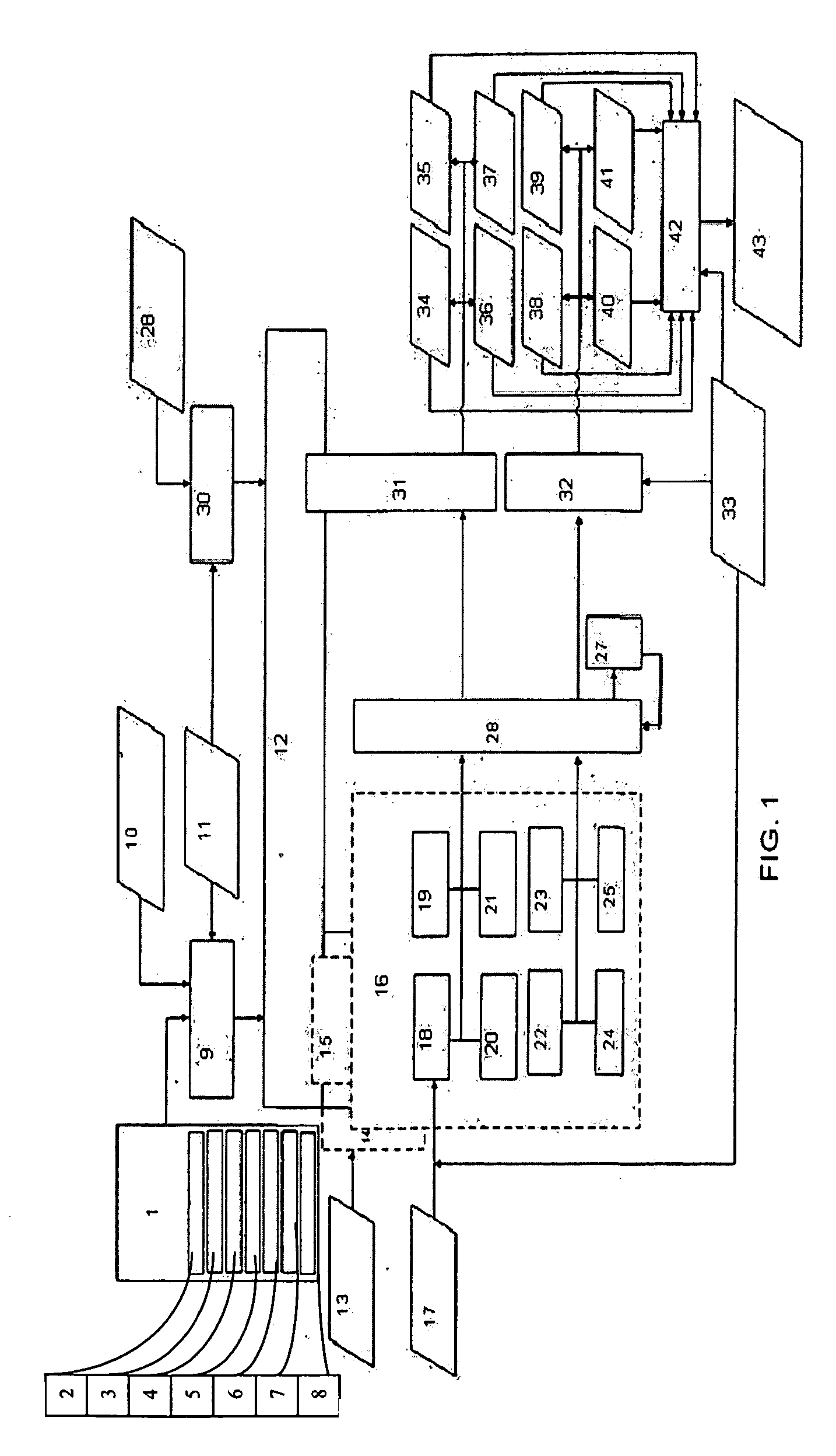System and method for automated re-architectureing of legacy systems using object oriented language
a technology of object oriented language and legacy systems, applied in memory systems, instruments, computing, etc., can solve the problems of many organizations having to employ the expensive approach of re-writing software from scratch, no techniques that are ably supported by tools to re-architect legacy software, and their investments becoming obsol
- Summary
- Abstract
- Description
- Claims
- Application Information
AI Technical Summary
Benefits of technology
Problems solved by technology
Method used
Image
Examples
example
[0077]An example of AS / 400 program written in RPG language has been taken to depict how the invented method leads to generation of a re-architected system of modern architecture as shown in FIG. 4.
[0078]In this example, the source application has presentation logic, business logic and data access logic all mixed up. The application module performs business function in a conversational mode. The application module populates data on screen, throws the screen to the user and waits for user input (conversational style). Once the user enters data on the screen the application module resumes control. It validates the user provided data. If the validation is successful, it continues to perform business calculation and updates the application database with the calculated values.
[0079]Using the described method, we can move from the code structure described above to separate the presentation layer from the core business and data access functionality. In the re-architected application for the...
PUM
 Login to View More
Login to View More Abstract
Description
Claims
Application Information
 Login to View More
Login to View More - R&D
- Intellectual Property
- Life Sciences
- Materials
- Tech Scout
- Unparalleled Data Quality
- Higher Quality Content
- 60% Fewer Hallucinations
Browse by: Latest US Patents, China's latest patents, Technical Efficacy Thesaurus, Application Domain, Technology Topic, Popular Technical Reports.
© 2025 PatSnap. All rights reserved.Legal|Privacy policy|Modern Slavery Act Transparency Statement|Sitemap|About US| Contact US: help@patsnap.com



